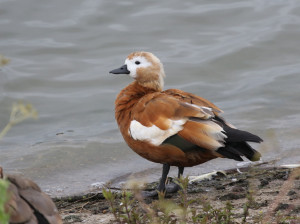
June can be a tricky time of the year for birding in Britain with little movement of birds and the excitiement of returning migrants over. Bird abundance is quite low too meaning that bird photography can be quite challenging unless one happens to be lucky enough to be close to breeding colonies of seabirds. However, myself and Michale Wong have been quite persistent and with patience we have taken some nice photos recently and having exhausted all of my regular birding sites we headed to Abberton Reservoir near Colchester, Essex, where we were hoping to find a reasonable abundance of birds and get some flight shots of waterbirds as they fly across the causeways there.
When we arrived dark skies looked like they contained rain and the light levels made things difficult for the entire visit. However, we were met by large groups of common ducks and geese as well as a Ruddy Shelduck alongside some Egyptian Geese.
The question was, is this really a wild bird or an escapee? Well, I don’t think many Ruddy Shelduck get accepted by records committees but this species is a big wanderer in parts of Asia and all of the Ruddy Shelduck I have seen in UK have been in the summer and early autumn, exactly the time that failed breeders from Europe would start to move around. Added to that, escapees should be found hanging around the same site for months if not years, but they don’t seem to. I think that dismissing these birds as escapees before thinking about the circumstances is wrong, but who knows with so many wildfowl being kept in collections. They are nice-looking birds wherever they have come from, take a look at it in action in this video.
I took an early walk along the causeway to see what I could find and along with a couple of Chaffinches, Reed Buntings and Pied Wagtails there was a group of Barn Swallows taking feeding flights from waterside vegetation. This group contained a number of juvenile birds learning their trade in catching flying insects.
Also of interest was a Carrion Crow that had found a dead fish at the waterside and was tucking in to its meal. It was interesting to see how dexterous it was, holding the fish carcass down with one foot while reaching under the skin with its bill to get the largest chunks of meat. You can see it for yourself in this video I made of it.
With the low cloud there were also large numbers of Common Swifts swooping around catching insects at low altitude which were joined by smaller numbers of House Martins and Sand Martins. With the light levels so low it was extremely hard to photograph these fast-moving birds but I managed to get at least one photo of a Swift that was not too bad.
Among the large numbers of Greylag Geese, Canada Geese and Mallard there were some Shoveler, a single male Common Teal, Gadwall, Tufted Duck and some Comon Pochard. Most of them were not particularly photogenic but one male Pochard sat in a patch of light quite close to the causeway.
A small number of gulls had been passing through including Black-headed, Herring and Lesser Black-backed Gulls but the remains of the crow’s dead fish attracted the attention of a Great Black-backed Gull which kept me busy for a few minutes.
Perhaps more interesting from a photographic perspective were small numbers of Common Terns fishing in the shallow end of the reservoir. A little further away in a larger, deeper part of the reservoir there are some floating platforms where the terns were breeding but they were making regular trips to the area where we were standing. Their acrobatic flight, attempting to catch fish made for some attractive poses but the low light conditions made it exceptionally hard to take good pictures. However, they gave us plenty of chances and eventually I managed to get the camera settings about right and get some acceptable shots.
One point of interest at Abberton was a small heronry with nest of both Grey Heron and Little Egret clearly visible from the road. Watching these go back and forwards was interesting and the weird noise the egrets made every time one of them returned was quite amusing. It’s worth visiting and egret colony just to hear this sound.
We took a drive to some other parts of the reservoir but although there were large numbers of birds, most of them were too far away to photograph although we did get a nice performance from some Skylarks for a while.
The visit to Abberton wasn’t just about photographing birds for me though. Over the course of the morning I saw a number of interesting birds including several Cuckoos, a Red Kite, Black Swan, Bullfinch, several Song Thrushes in full song, Cetti’s Warbler and Reed Warblers to name a few. Taking a short walk I hot lucky with a sighting of a couple of Brown Hares. I managed to get a photo of one of them.
Whenever I spend time hanging around in one spot when I am out birding I am always pleasantly surprised how many species come to me, rather than the other way around and over the course of our visit I recorded 60 species – Abberton Reservoir Bird List 19th June 2021.
For anyone with limited mobility for any reason Abberton Reservoir is an excellent place to visit with two causeways through the reservoir allowing for lots of roadside birding and several other spots around the reservoir to visit. I will be back soon.


 June 22nd, 2021
June 22nd, 2021  Nick
Nick 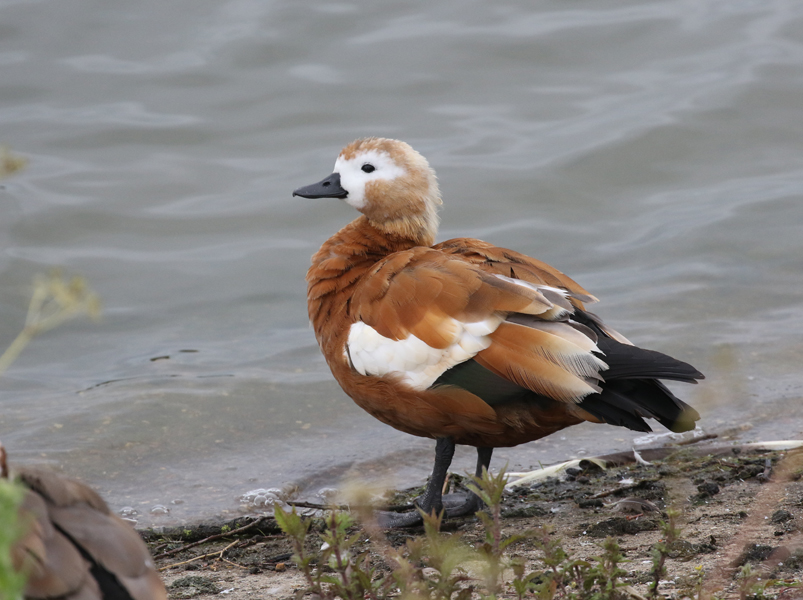


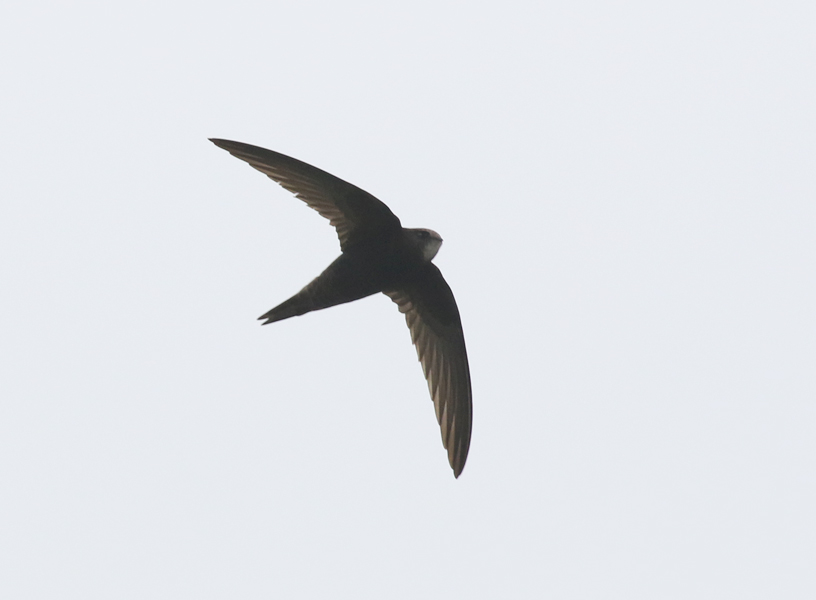
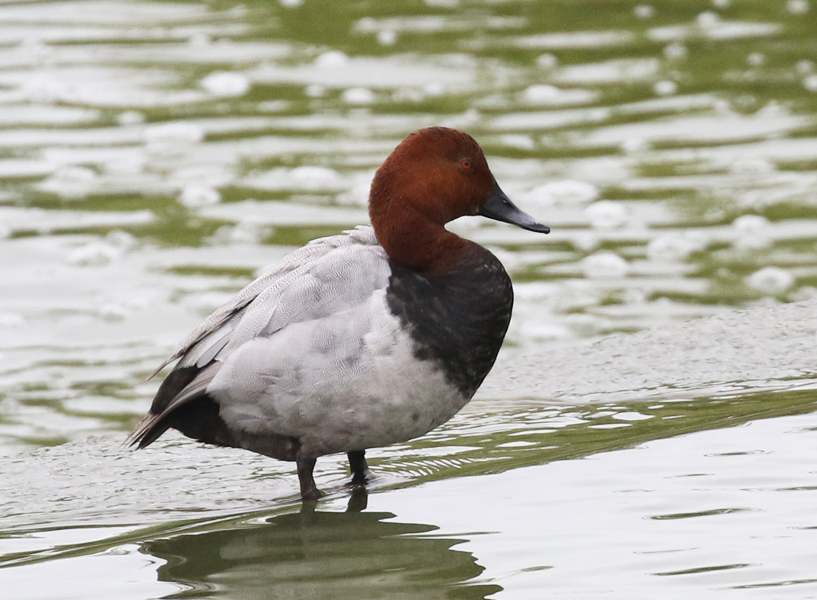
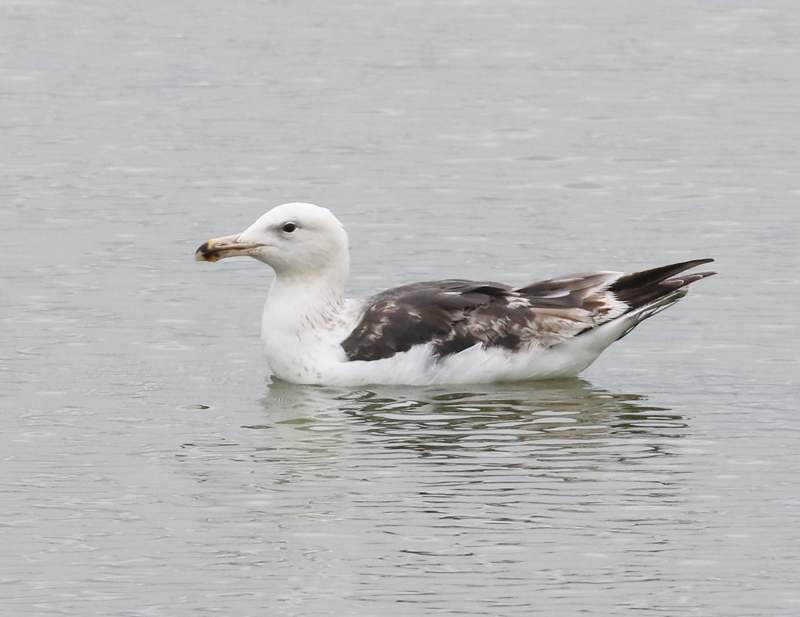


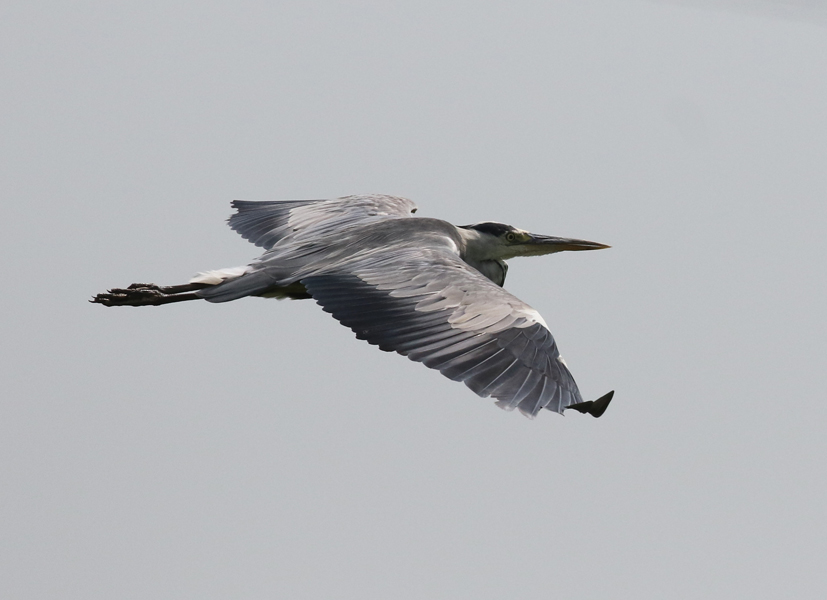
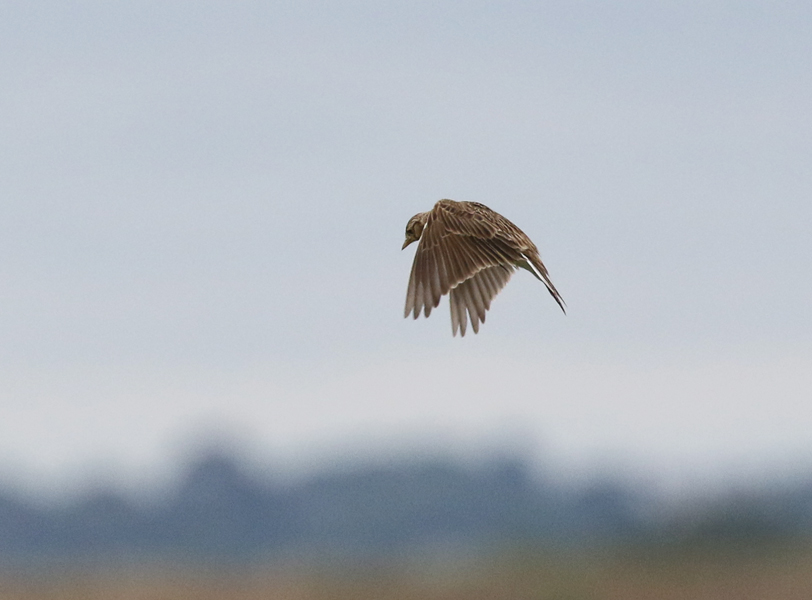
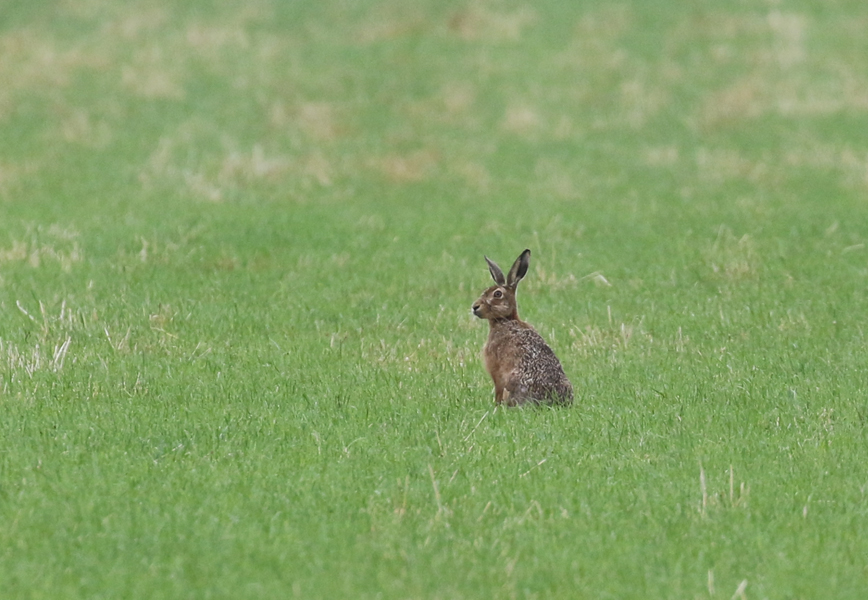
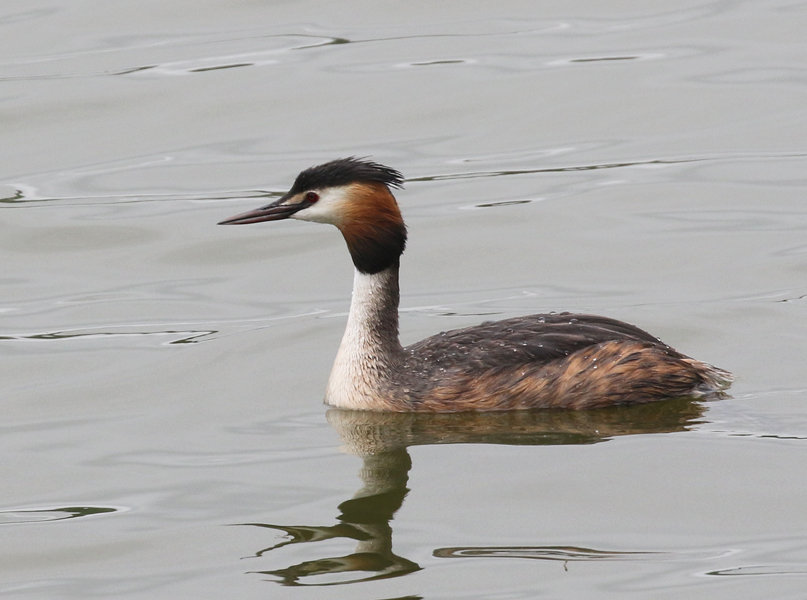
 Posted in
Posted in  Tags:
Tags: 










